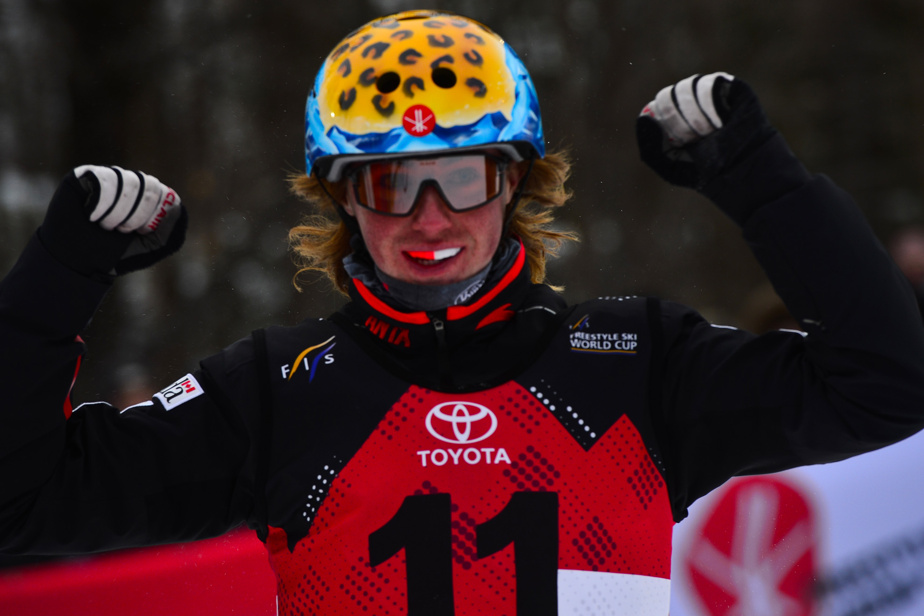(Lac-Beauport) The future of the Canadian acrobatic aerials team lies in Quebec. Not because La Belle Province provides the greatest hopes. Because it provides the only hope.
All seven members of the national team come from Quebec, as do the five Next Gen athletes. Do not read that the Quebec jumpers, who we will be able to see this weekend during the two stages of the Lac-Beauport World Cup, at the Le Relais Ski Center, carve out a place by default within the National team. This is because acrobatic jump programs simply do not exist in the rest of the Canadian provinces.
“It’s certain that acrobatic jumping is a niche sport. Training takes place on water ramps and there is not much infrastructure outside Quebec, said Canadian team assistant coach Rémi Bélanger, met after the training session. on Friday. So it’s difficult to develop athletes in the rest of the country. This is one of the reasons why we find so many Quebecers on the team. »
Water ramps in summer, snow jumps in winter and trampolines accessible at all times for all these beautiful people constitute considerable investments. This is why, even in Quebec, the development of these cutting-edge athletes only goes through two poles.
“Here, at the Relais, and at Mont-Gabriel,” notes Bélanger. It’s because if we go back eight or 10 years, [l’entraîneur de l’équipe Next Gen] Nicolas Fontaine was here and he said to himself that he was going to start a program. Me, who comes from the Montreal region, I told myself that I was going to do a program at Mont-Gabriel. There are two programs running because two coaches wanted to revive the jumps. It also works because there is a little rivalry between the Relais and Mont-Gabriel. But anywhere else in the world, if there is no passionate coach to start such programs, there are no jumps. »
This explains why we no longer find athletes from the rest of the country, like in the not so distant era of Steve Omischl and Warren Shouldice.
It’s a question of facilities. When there were guys like Warren and Steve on the team, it was because there was a coach who had a small ramp installed in Calgary and who put together a group of athletes. It was the coach who was really motivated who sought the resources to revive a program. Like Nic and I did.
Rémi Bélanger, assistant coach of the Canadian team
“Because it’s niche, there’s also a limited pool of coaches who can leave the programs. I was talking about water ramps, but there is also trampoline training. It takes resources. Ski Acro Canada is always open to new programs, but it takes knowledge and will in these other regions. »
Bélanger and Fontaine’s programs have already brought the country an Olympic medal, the bronze won as a team in Beijing by Marion Thénault, Miha Fontaine and Lewis Irving. Thénault also participated in two super-finals at the Worlds, finishing sixth in 2021 and just off the podium last year.
Bélanger assures that Quebecers will be in the running for medals at Milan-Cortina d’Ampezzo, in 2026 and for the 2030 Games as well.
“In 2026, we will have athletes who have the potential to be on the podium every week. For now, they are still gaining a lot of experience.
“What’s fun is that we have a lot of people and the next generation is there. Maybe our athletes who are on the World Cup circuit right now won’t commit to another Olympic cycle, but they are young enough that they could. They will be mature in 2026, but would not be outdated in 2030. They will not be too old at all. »
